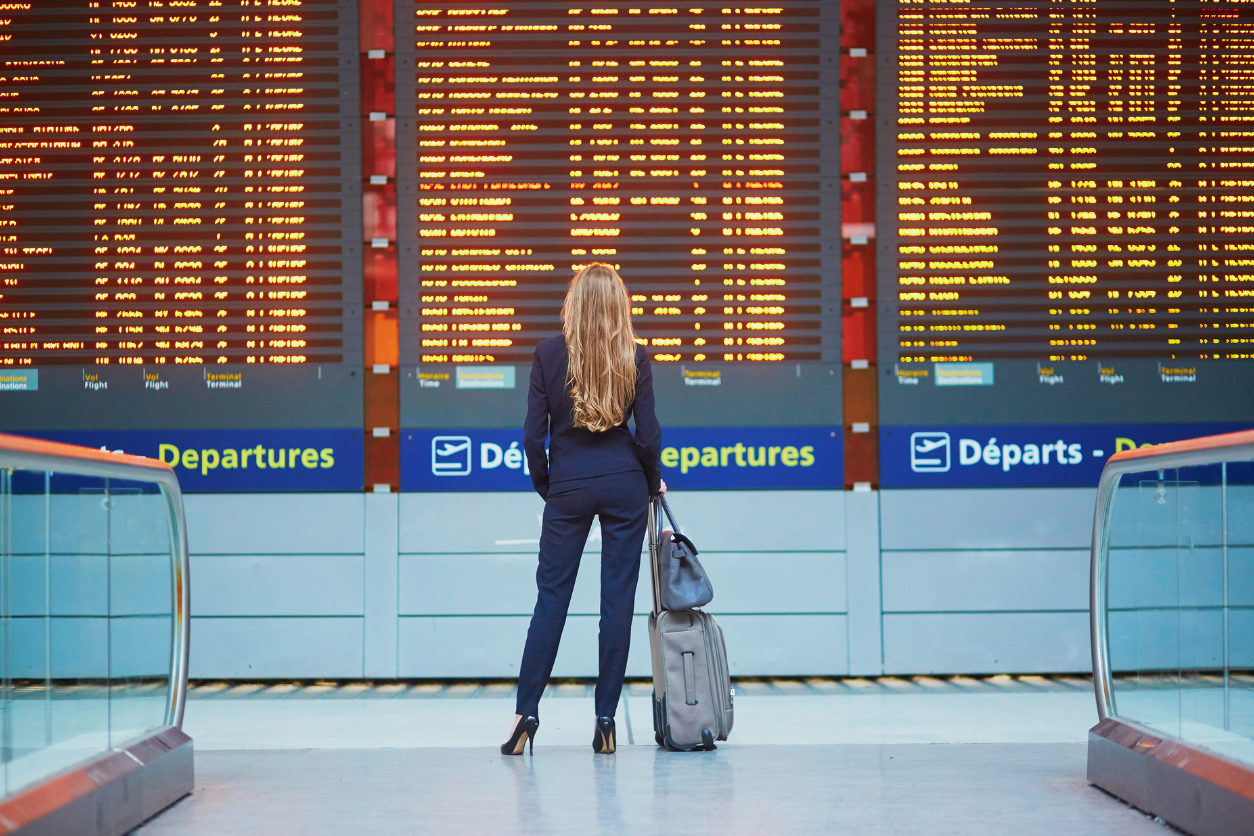How Early Should You Get to the Airport for an International Flight?

When it comes to catching an international flight, the old adage “better safe than sorry” couldn’t be more applicable. But how early is early enough? This question can spark debate, with recommendations varying based on the airport, airline, destination, and even the time of day. However, there are some general guidelines that can help you plan your arrival time, ensuring a smooth and stress-free experience.
The 3-Hour Rule
A widely accepted guideline is to arrive at the airport three hours before your scheduled departure for an international flight. This recommendation comes from various airlines and airport authorities, who emphasize that international travel involves more steps and potential delays than domestic flights. Here’s why:
- Security Checks: International flights often require more rigorous security checks, including detailed inspections of your luggage and personal items. You may also be subject to random additional screenings.
- Immigration and Customs: Unlike domestic flights, international travel necessitates going through customs and immigration, both at your departure and arrival destinations. These processes can be time-consuming, especially during peak travel hours.
- Check-In Process: Checking in for an international flight usually takes longer. Passengers are required to provide more documentation, such as passports, visas, and sometimes even proof of onward travel or accommodations. Airlines may also need to verify specific entry requirements for your destination country, which can add time to the check-in process.
- Airport Size and Layout: Larger international airports can be sprawling, with long distances between terminals, gates, and security checkpoints. If you’re unfamiliar with the airport or it’s particularly busy, it’s easy to underestimate how long it will take to get from check-in to your gate.
Adjusting for Specific Circumstances
While the 3-hour rule is a solid baseline, certain factors might require you to adjust your timing:
- Peak Travel Seasons: If you’re traveling during a peak season, like summer holidays, Christmas, or spring break, expect the airport to be busier. The lines at check-in, security, and customs will likely be longer, meaning you might need to add an extra 30 minutes to an hour to your arrival time.
- Airport and Airline Policies: Some airports or airlines have specific recommendations or requirements that might differ from the standard 3-hour rule. For instance, some airlines might require you to check in earlier if you have excess baggage or need special assistance. Always check the specific guidelines provided by your airline.
- Destination Requirements: Certain destinations have more stringent entry requirements, which could lengthen the check-in or security process. For example, countries with strict COVID-19 protocols might require additional document checks, such as negative test results or vaccination certificates.
- Transport and Traffic Considerations: Factor in the time it takes to get to the airport. Traffic, public transport delays, or unexpected road closures can all eat into your travel time. It’s advisable to plan your journey to the airport with plenty of buffer time.
When 3 Hours Isn’t Necessary
In some cases, arriving three hours early might be overkill. For example, if you’re departing from a smaller airport where processes are faster, or if you have TSA PreCheck or a similar expedited security screening service, you might not need as much time. However, shaving off too much time can be risky, especially if any unexpected delays arise.
The Role of Technology
Technology can help streamline your airport experience, potentially allowing you to arrive a bit later. Many airlines offer online check-in services, enabling you to secure your boarding pass in advance and even select your seat. Additionally, some airports provide real-time updates on security wait times via apps or websites, which can help you better gauge when to arrive.
That said, relying too heavily on these conveniences can be a gamble. Technical glitches, last-minute gate changes, or even simple human error can throw a wrench in your well-laid plans.
Final Thoughts: Better Safe Than Sorry
Ultimately, arriving early for an international flight is about reducing stress and giving yourself a cushion against the unexpected. While three hours might seem like a lot of time, it’s better to be waiting at your gate with a good book or a cup of coffee than to be sprinting through the terminal because you underestimated how long everything would take.
In travel, peace of mind is priceless. So the next time you’re booking an international flight, plan on arriving at least three hours early, and consider any specific factors that might require you to give yourself even more time. After all, it’s better to be early than to miss your flight altogether.
Elevating the Shopping Game
Our platform offers in-depth reviews and analyses across various product categories, empowering you to shop with confidence and precision. Here, transparency and detailed research pave the way for smart choices that reflect your needs and values. Join our community and elevate your shopping experience from buyer to expert, one report at a time.